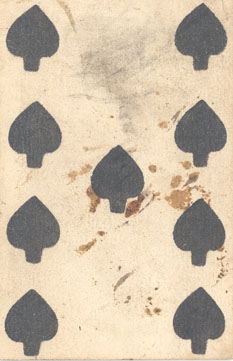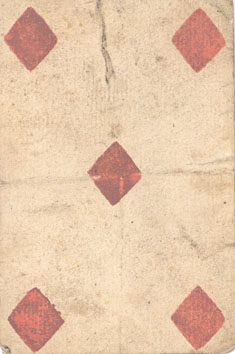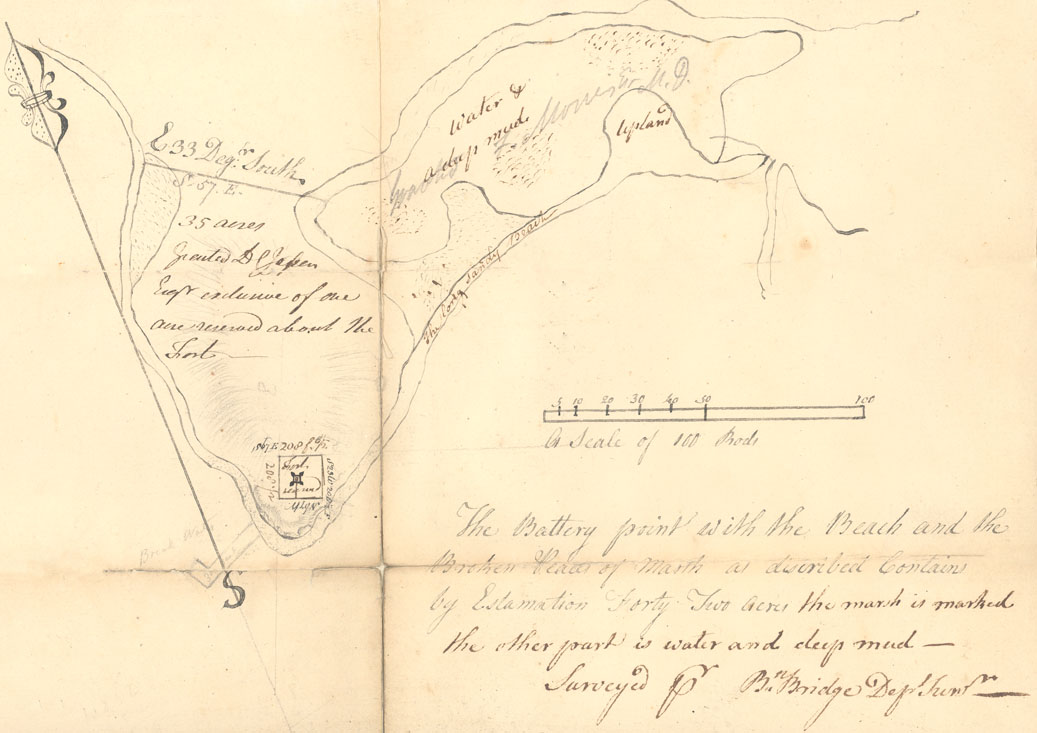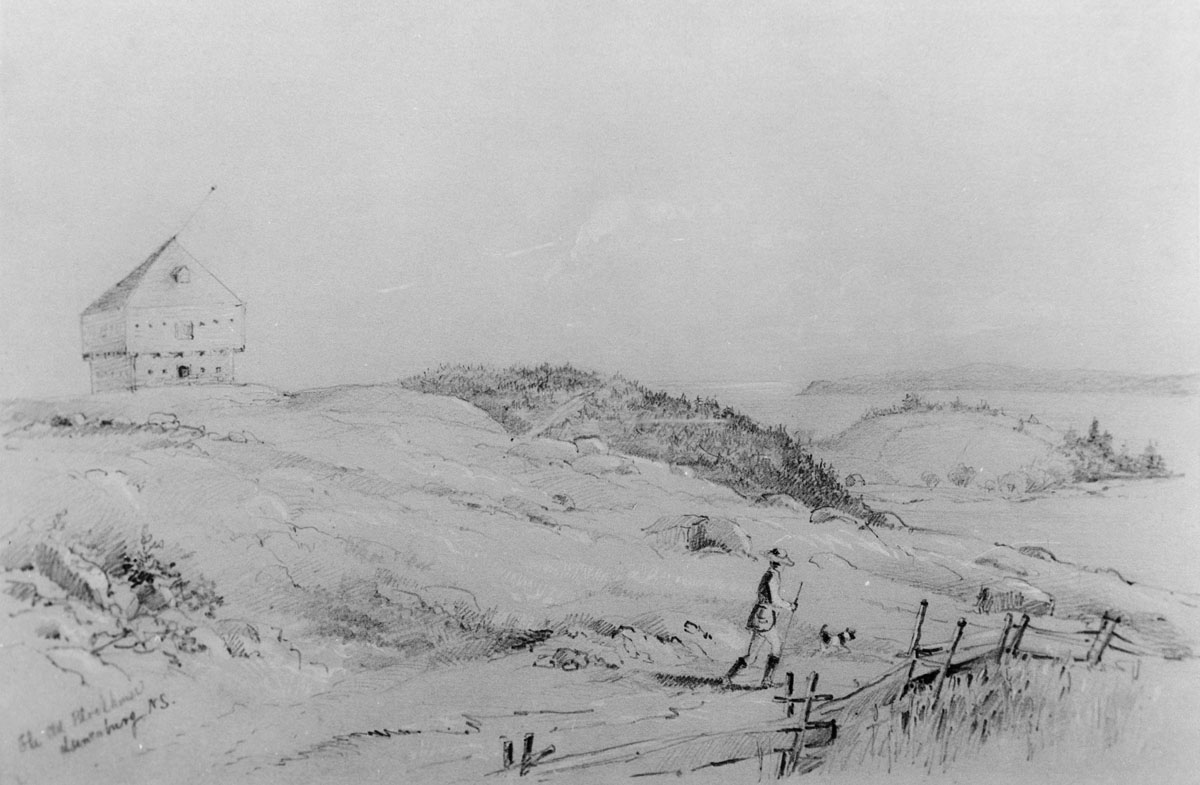Nova Scotia Archives
Lunenburg by the Sea
Lunenburg before 1800
Lunenburg was founded under challenging circumstances, and owes its ethnic identity to a canny colonial governor who was displeased with the boatloads of English immigrants who arrived in 1749 to settle Nova Scotia's new provincial capital, Halifax. Governor Edward Cornwallis took one look at the small numbers of 'industrious and honest' Swiss who had come out with the 'lazy and worthless' English — and decided that he wanted more of the former and less of the latter. Accordingly, he appealed to the Board of Trade in London to send over 'German and other foreign Protestants' to settle his colony.
Handbill advertisements were posted throughout central Europe, and over 2700 'Foreign Protestants', mainly from agricultural communities along the Rhine River corridor, responded to the offer and emigrated to Nova Scotia. Most came from the Upper Rhine area of present-day Germany, from the French- and German-speaking Swiss cantons, and from the French-speaking principality of Montbéliard (now part of France).
It was first intended to settle these new arrivals among the French Acadians living around the Bay of Fundy, but this plan proved unworkable. The British military presence was too small in Nova Scotia to ensure the safety of the immigrants, especially given the delicate neutrality of the Acadian population and the uneasy peace negotiated with the Mi'kmaq. Consequently the Foreign Protestants remained in Halifax until 1753, when it was decided to settle them at Merligash Bay, an undeveloped area some 120 km southwest of the capital.
The proposed town was named Lunenburg, in honour of King George II, Duke of Brunschweig-Lüneburg. On 8 June 1753, the first flotilla transporting settlers, troops and rangers sailed into Merligash Bay and came ashore at Rous's Brook. The second embarkation of settlers arrived on 17 June. Altogether, some 1,453 Foreign Protestants — men, women and children — left Halifax to begin the daunting task of building their new lives.
The new settlers, coming from crowded agrarian communities overseas, with little available free-hold land and strictly limited opportunities for economic advancement, were no doubt dazed by the possibilities which now opened before them. Just prior to embarking for Lunenburg, those Foreign Protestant males old enough to qualify as landholders assembled in St. Paul's Church, Halifax, where they drew for lots in the new community. Playing cards were used, each card being marked with the number and division name for an individual plot of land within the town — without doubt the only time that 'card-playing' has ever been allowed in the chancel of St. Paul's!
The town plot was divided into six divisions, each named after one of the newly-appointed local militia officers. In turn, each division had eight blocks, and each block was divided into fourteen town lots of sixty feet by forty feet. Winthrop Bell, the definitive authority for the early history of Lunenburg, has described the layout of these six divisions or 'ranges' as:
Zouberbuhler's, Creighton's, Moreau's, Rudolf's, Strasburger's, and Steinfort's 'divisions'. In each division the blocks were labelled, from south to north, with the letters A, B, C...G. Within each block the southern tier of lots was numbered from west to east, 1 to 7, the northern tier from east to west 8 to 14. The exact location of any lot could thus be indicated by its letter and number within its particular division.
[Bell, The 'Foreign Protestants' and the Settlement of Nova Scotia, p. 427.]
The new community established itself slowly. Neither the early townsfolk nor their first visitors seem to have had sufficient time or inclination to create any lasting artistic or written impression of their surroundings. Instead, the settlers were fully occupied in clearing land, wrenching crops from the less-than-accommodating soil and, on occasion, protecting themselves from marauding Yankees.
Lieutenant William Booth, visiting during the summer of 1785, was one of the first to leave any written record of Lunenburg, and in his comments, he noted that two of the community's blockhouses had been burned by American privateers during the recent Revolutionary War. Given the scarcity of surviving first-hand accounts, most of what we know about the early years comes instead from government records, maps and similar documentation.
Results 1 to 8 of 8 from your search:
Playing Card
Date: ca. 1753
Reference: Bailly Family Nova Scotia Archives MG 1 vol. 105 no. 46
Theme: Lunenburg before 1800
Playing Card
Date: ca. 1753
Reference: Bailly Family Nova Scotia Archives MG 1 vol. 105 no. 46
Theme: Lunenburg before 1800
Playing Card
Date: ca. 1753
Reference: Bailly Family Nova Scotia Archives MG 1 vol. 105 no. 46
Theme: Lunenburg before 1800
Lunenburg
Date: ca. 1770
Format: 20th Century blueprint
Reference: Map Collection Nova Scotia Archives F 239 Lunenburg ca.1770
Theme: Lunenburg before 1800
"The Battery Point with the Beach and the Broken Peaces [sic] of Marsh as discribed [sic] Contains by Estamation [sic] Forty Two Acres the marsh is marked the other part is water and deep mud "
Date: 1772
Artist: B. Bridge, Surveyor
Reference: Nova Scotia Department of Lands and Forests Nova Scotia Archives RG 20C vol. 90A no. 16
Theme: Lunenburg before 1800
Sack of Lunenburg, 1 July 1782
Date: 1900s
Format: oil on canvas
Artist: A.L. Wright
Reference: Documentary Art Collection Nova Scotia Archives 1979-147 no. 64
Theme: Lunenburg before 1800
"Memorial of the Merchants & others, Inhabitants of the Town of Lunenburg"
Date: 16 April 1787
Reference: NS House of Assembly Petitions Nova Scotia Archives RG 5 GP vol. 1 no. 5
Theme: Lunenburg before 1800
Old Blockhouse, Lunenburg
Date: ca. 1800
Reference: Laing Gallery, Toronto, ON Nova Scotia Archives Photo Collection: Places: Lunenburg
Theme: Lunenburg before 1800







